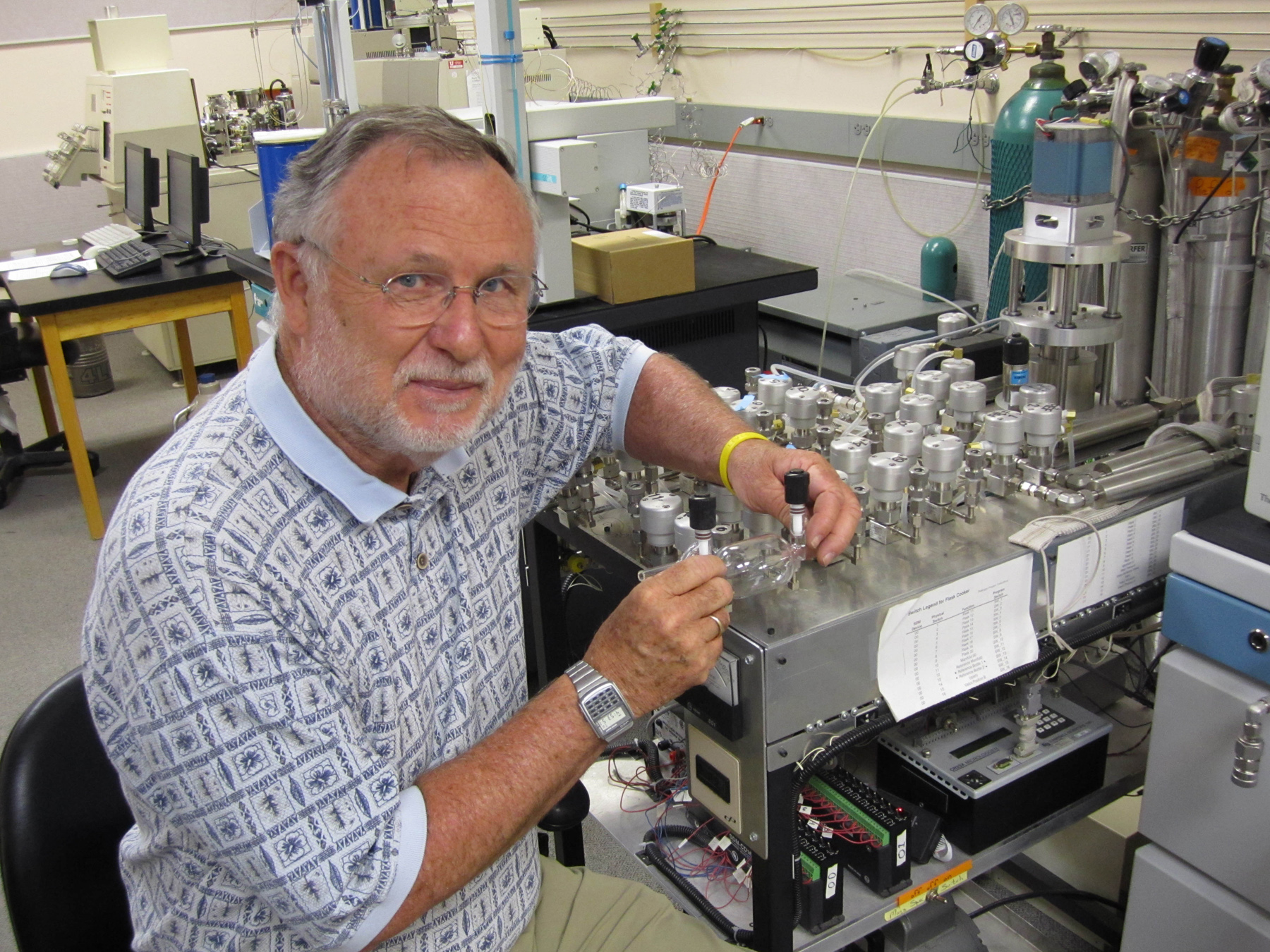
Originally posted in August 2015.
By Ayrel Clark-Proffitt, Sustainability Office.
Nearly four decades ago, Jim Ehleringer started his career as a biology professor at the University of Utah.
Utah wasn’t in his original plans. Teaching wasn’t in his original plans. He’d hoped to follow in his father’s footsteps as a naval officer, but Ehleringer discovered that he was colorblind, which made him ineligible. Instead, an ecology course at San Diego State University took him down a path of environmental education and research, and led him to become a shepherd of interdisciplinarity at the University of Utah.
Since starting at the U in 1977, Ehleringer has been involved in teaching, research, and administration. In addition, he has managed international programs and served as principal investigator on numerous grants. During his tenure, he has authored or co-authored nearly 500 publications. In June, Ehleringer stepped down as director of the Global Change & Sustainability Center (GCSC), a University research hub that focuses on sustainability and the environment. Ehleringer was fundamental in the creation of the GCSC. He’ll continue his role as distinguished professor in biology, focusing on environmental education and training students and post doctorates.
Through Ehleringer’s leadership, a handful of faculty started the GCSC in 2009. The center accelerates interdisciplinary research and training in areas of broad ecological interest, both at the local and global level. Since its inception, the GCSC has grown to include more than 100 faculty members from eight colleges who joined the center through meetings that uncovered common research interests. The center went from a “science and engineering focus to a truly multidisciplinary focus spanning many more colleges,” Ehleringer said.
During his time as a professor the U and as GCSC director, Ehleringer advocated strategic hiring practices and elevated place-based research. Ehleringer was integral to the first group of interdisciplinary “cluster” hires in 2012 when the U brought onboard associate professors Gabe Bowen, Brenda Bowen, John Lin, and Diane Pataki. Cluster hires are new faculty who teach and do research within multiple disciplines. The president and other administrators supported the idea because it was an opportunity to “move beyond siloed relationships we’ve had in the past,” Ehleringer said, and it would propel the University forward on the nationwide trend of interdisciplinary research.
Through his work with students and GCSC graduate fellows, Ehleringer also promoted local research. By focusing on local concerns, students could take ownership and see relationships in new ways, Ehleringer said.
“Place-based research allows students to see how data collection in a science class relates to history or planning,” he said. “Nothing would please me more than to see campus become a living learning laboratory that engages students, facilities, and the community.”
Brenda Bowen, who took over as director of the GCSC on July 1, noted that Ehleringer will be a tough act to follow.
“He’s brought amazing vision and persistence, helping the center to even exist. I wouldn’t be here at the University of Utah if it weren’t for Jim,” she said. “The University is very grateful for the time he’s dedicated to environmental research.”
The University and Utah has seen great change and growth due to Ehleringer efforts; however, of all the things Ehleringer has accomplished at the U, he says he is most proud of his work to mentoring and training students.
